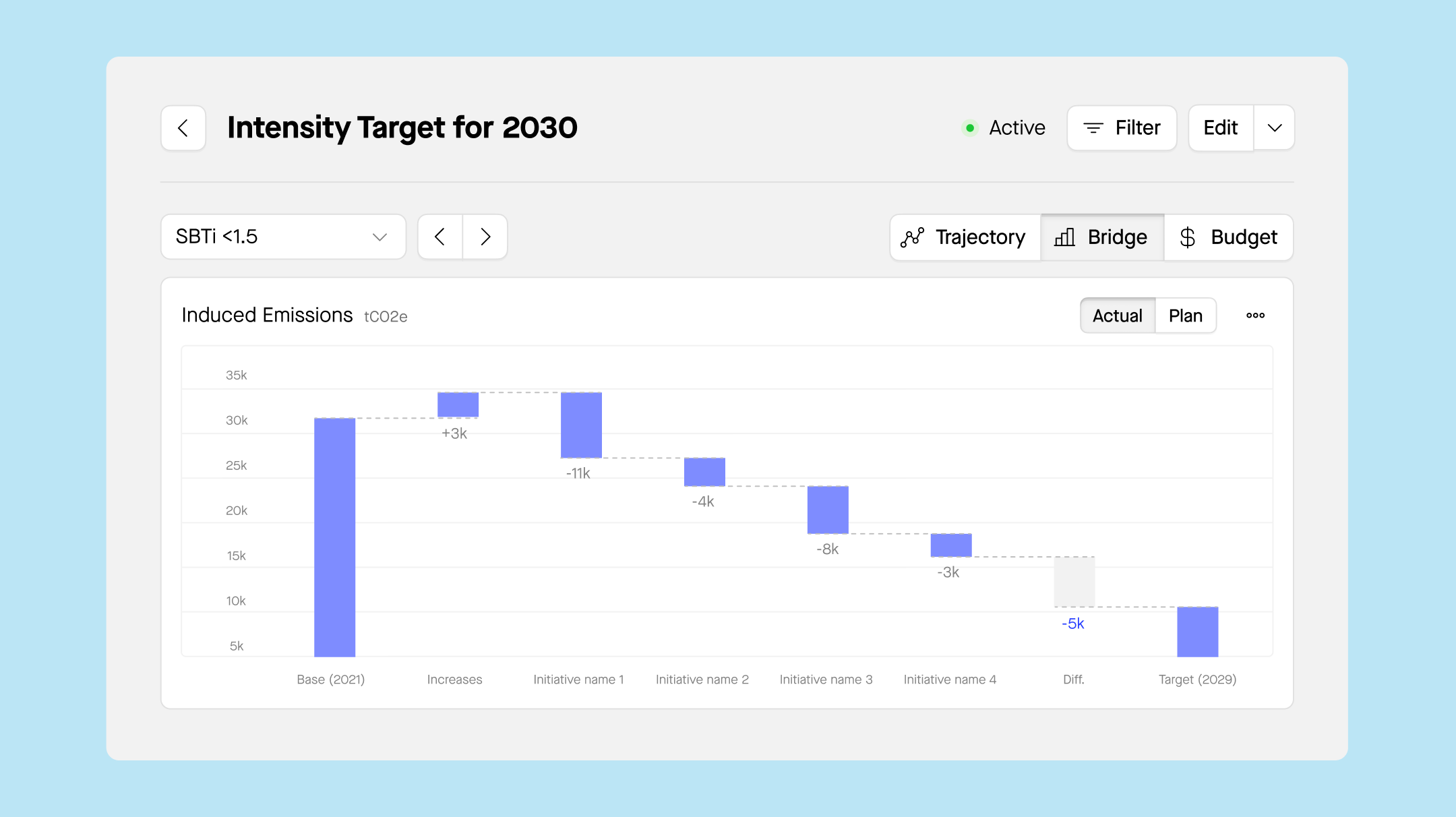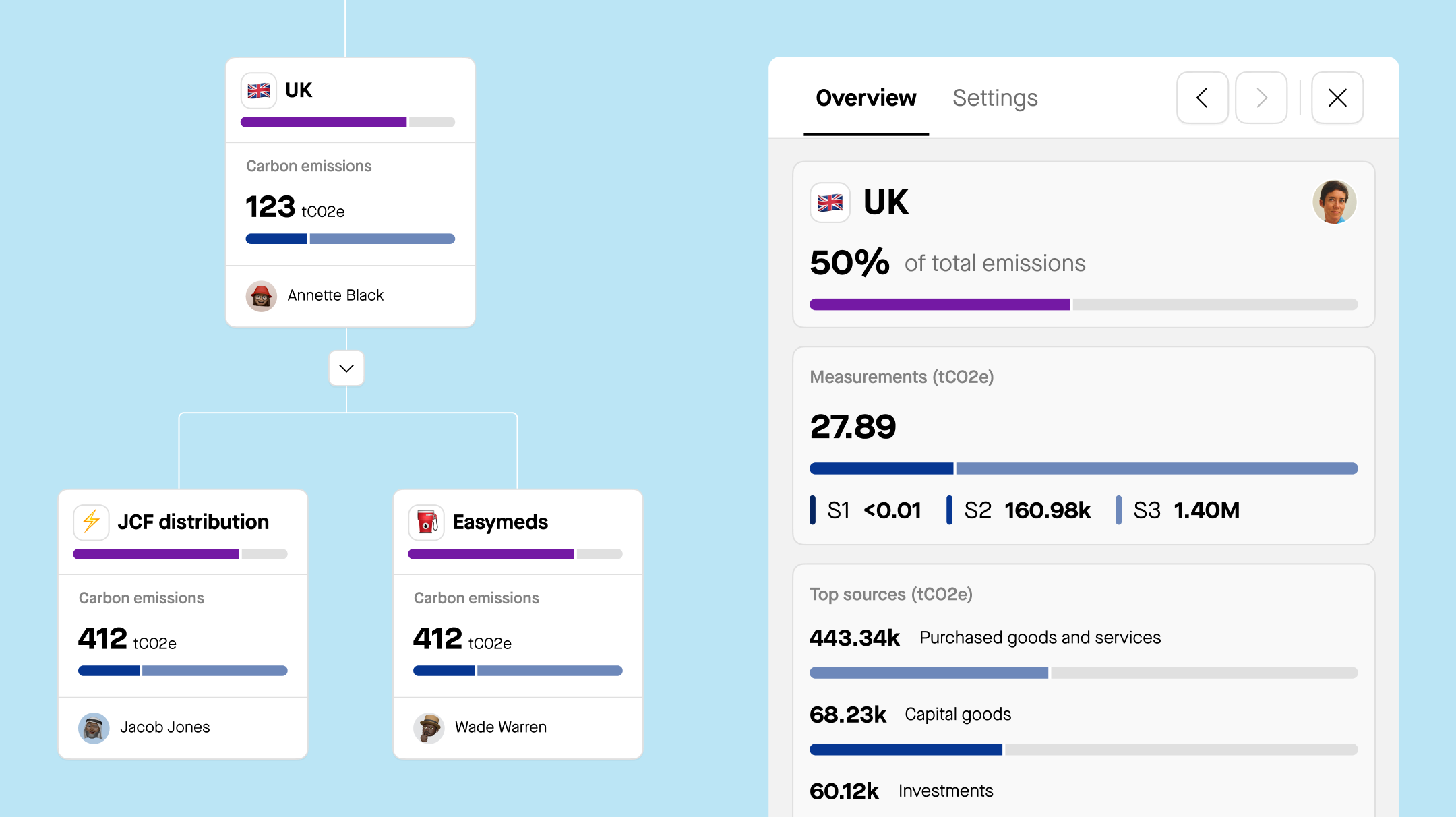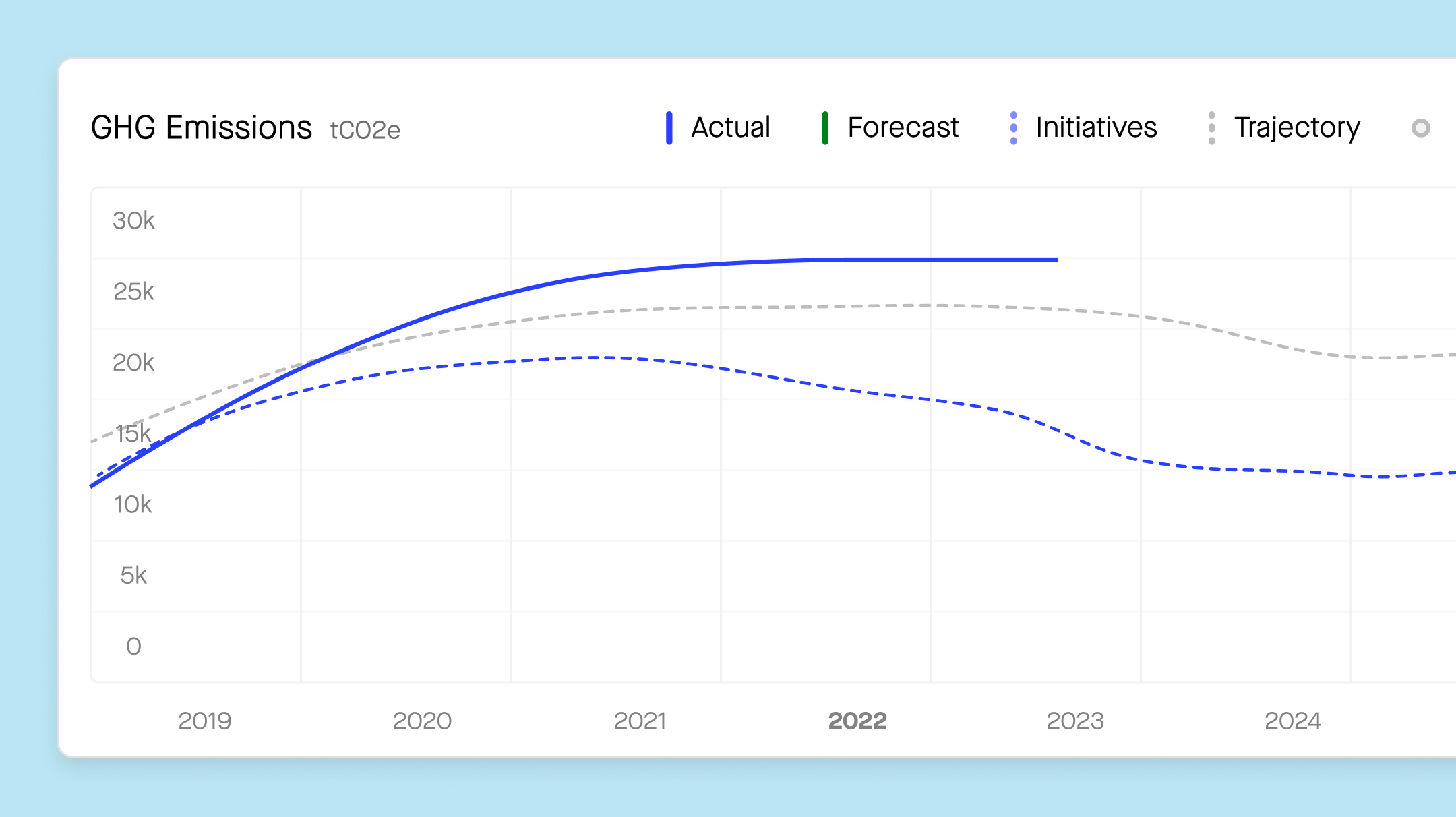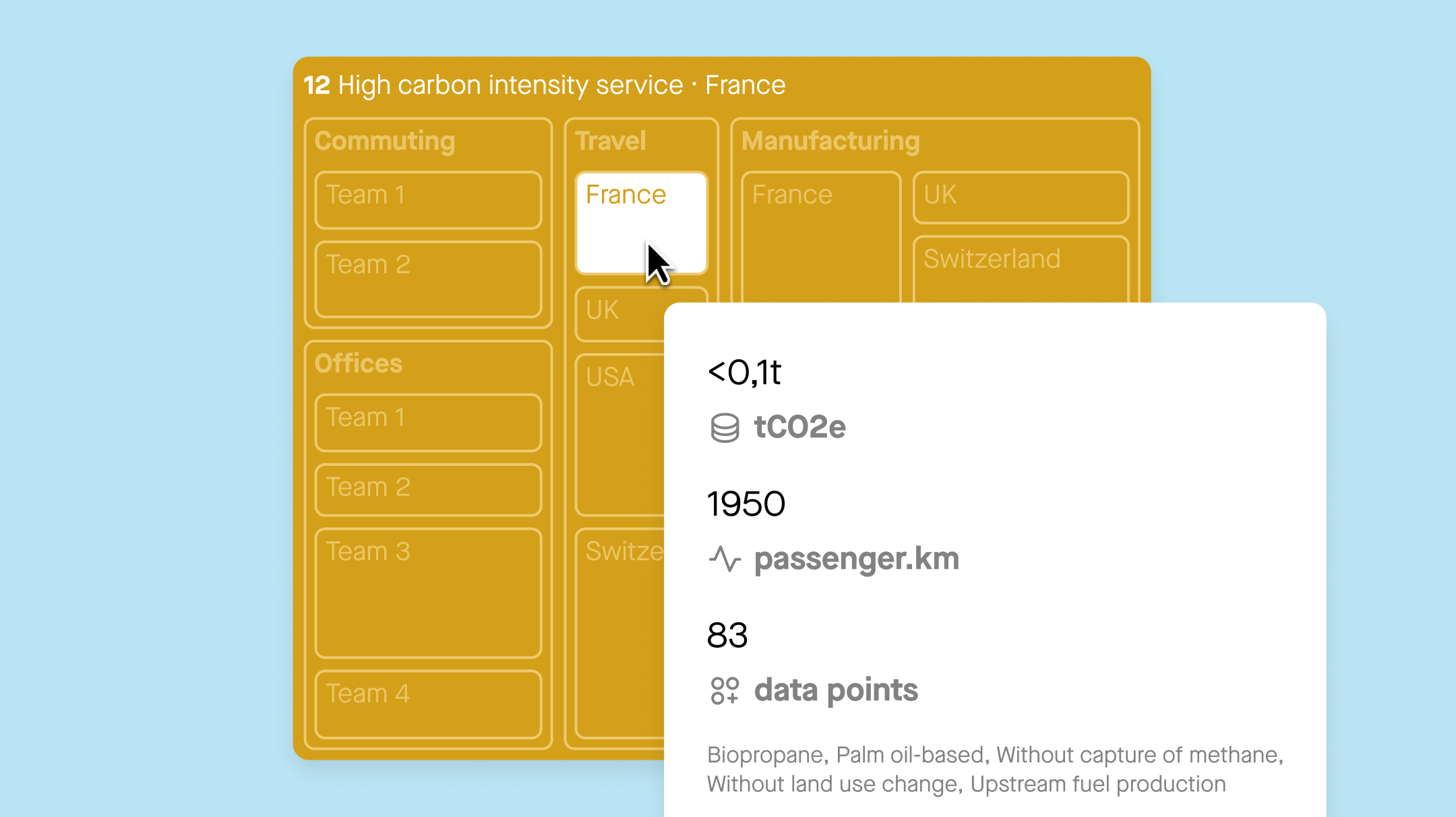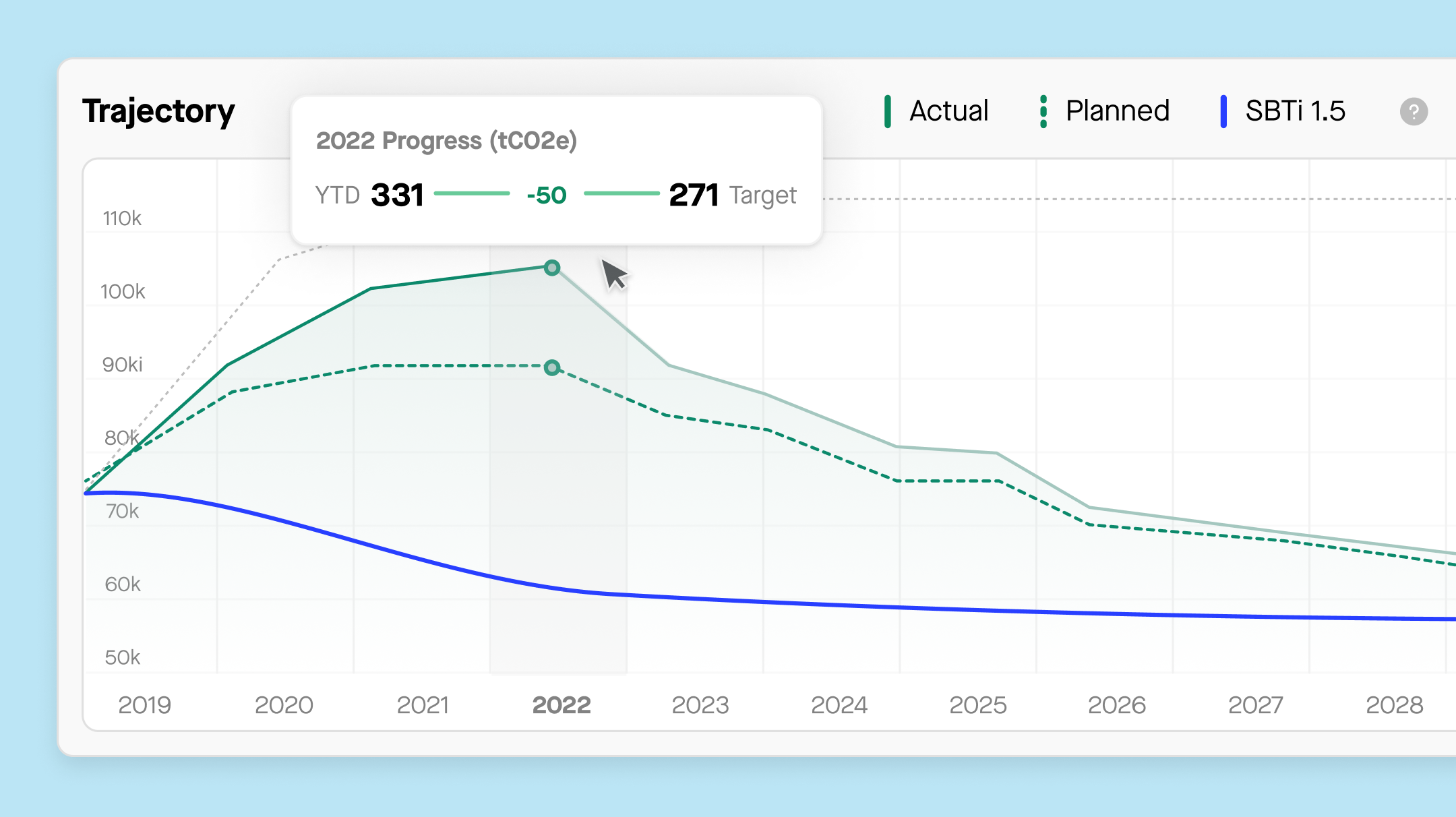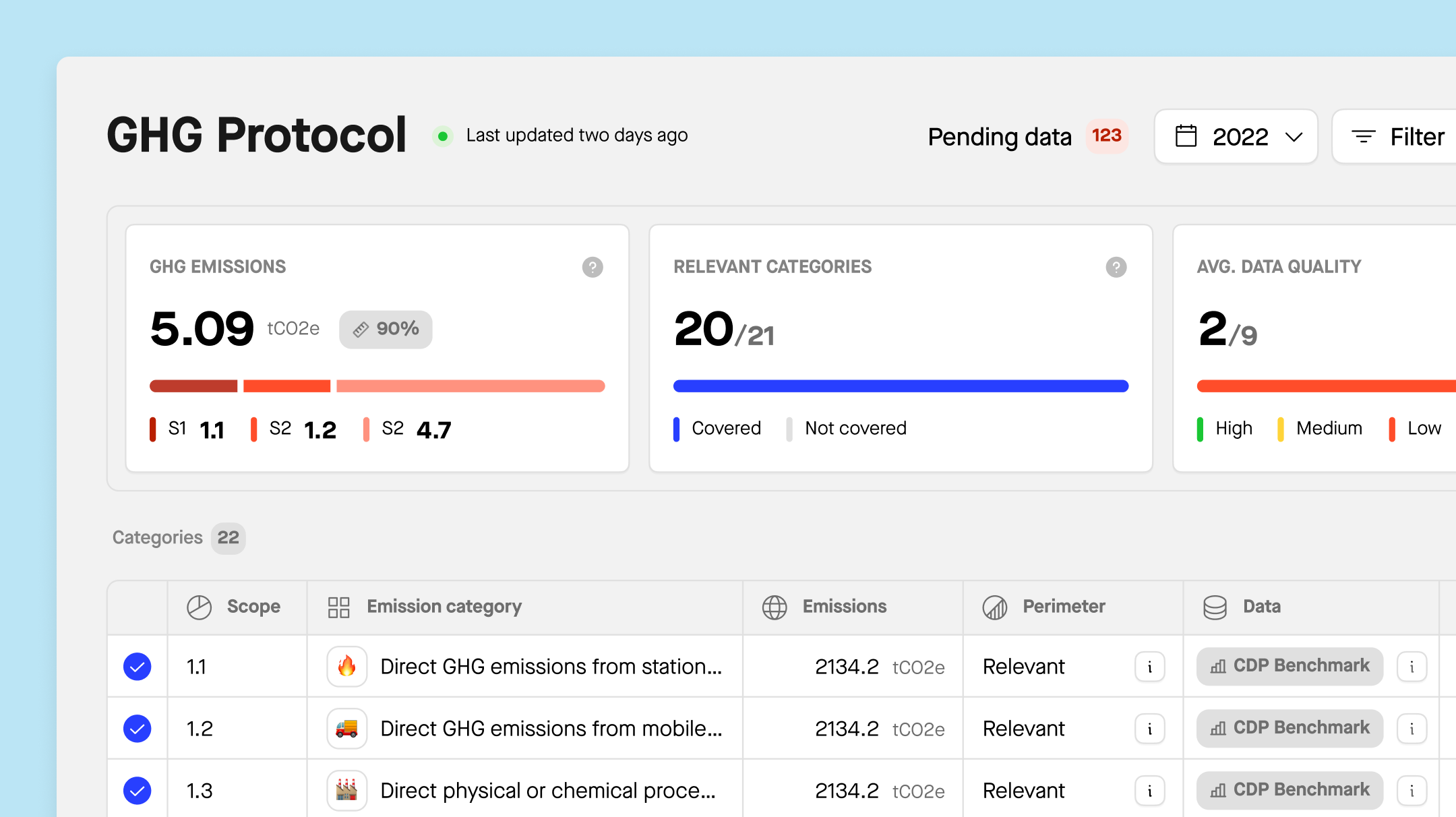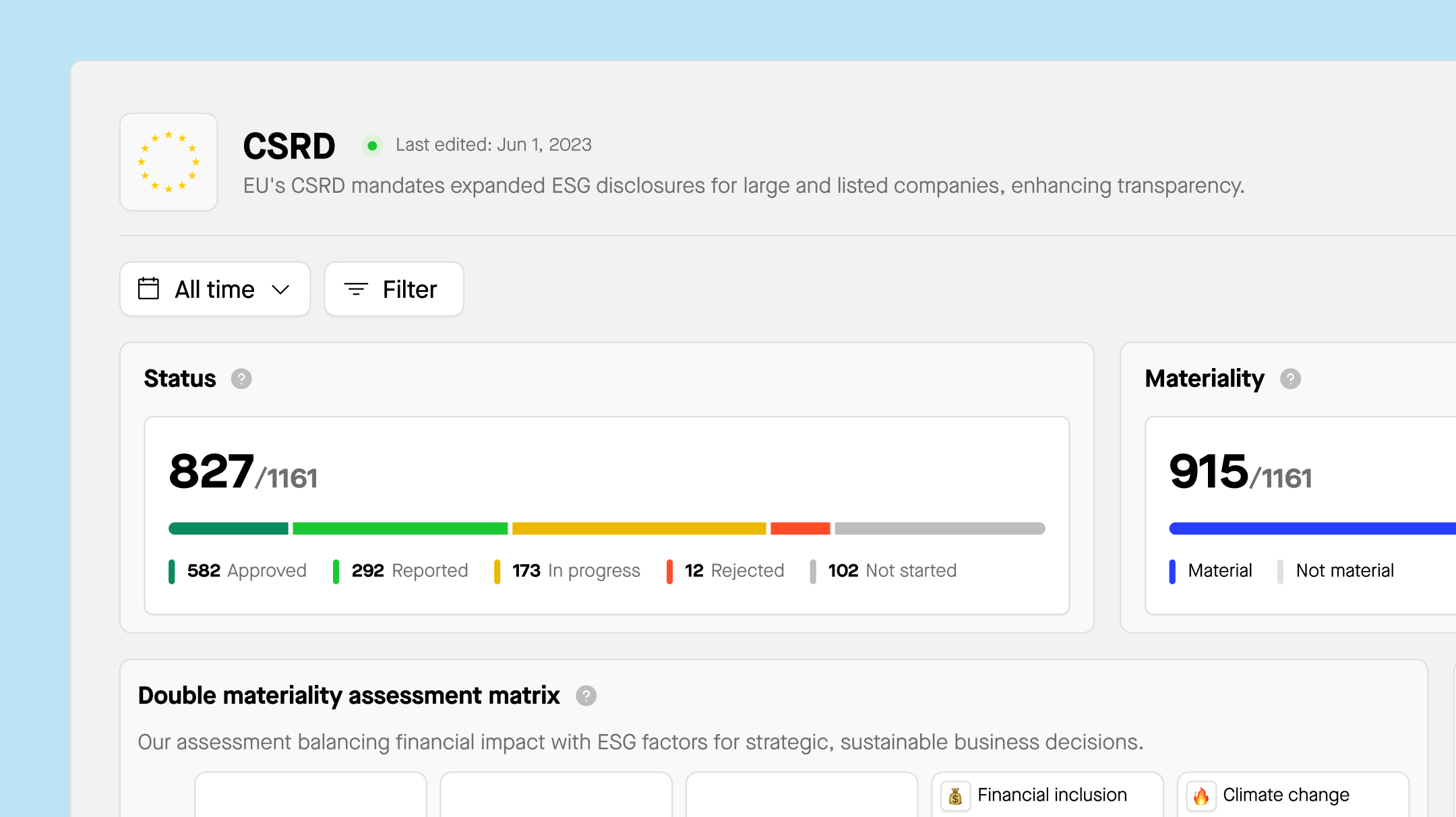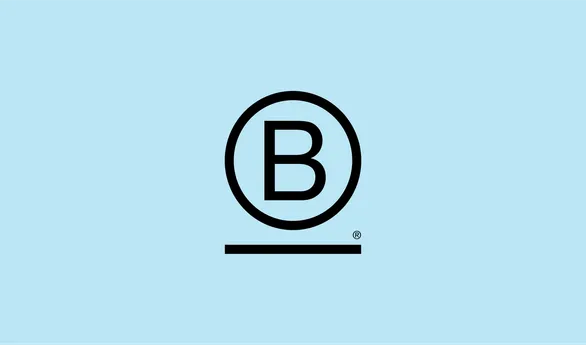What are decarbonization levers?
Decarbonization levers are strategic tools and approaches employed by organizations to reduce their carbon footprint. They encompass a range of measures, from investments in low-carbon technologies to incorporating environmental, social, and governance (ESG) criteria into decision-making. Identifying and leveraging these levers is crucial for crafting effective decarbonization strategies tailored to industry-specific needs.
Three-step action plan for selecting decarbonization levers
Step 1: Assess industry relevance and impact
Begin by understanding the unique environmental challenges and opportunities within your industry. Investigate successful decarbonization strategies adopted by similar businesses. Identify levers that align with your industry’s characteristics, considering both sector-wide practices and specific challenges. Assess the potential impact of each lever on your carbon footprint, prioritizing those that promise meaningful reductions.
Step 2: Conduct a comprehensive organizational analysis
Perform an in-depth analysis of your organization, considering current operations, future growth plans, and resource utilization. Evaluate your carbon footprint across scopes, understanding emission hotspots. Identify areas where specific levers, such as grid greening, on-site solar, or fleet electrification, can have the most significant impact. Assess the feasibility and alignment of each lever with your business objectives, taking into account financial considerations and regulatory landscapes.
Step 3: Develop a phased implementation plan
Create a phased implementation plan that accounts for the complexity of decarbonization levers. Prioritize levers based on their feasibility, impact, and alignment with your business strategy.
Establish clear timelines, milestones, and performance indicators for each lever. Consider dependencies between levers and integrate them into a cohesive strategy. Ensure flexibility to adapt the plan to evolving circumstances, technological advancements, and changes in market dynamics.
Regularly monitor and assess the effectiveness of implemented levers, making data-driven adjustments as needed. By developing a strategic and flexible roadmap, your organization can systematically select and deploy decarbonization levers that align with its unique goals and operational context.
How Sweep can help
-
In Sweep’s platform, you can easily identify hotspots or gaps with data-driven visualizations and reports.
-
You’ll also find a “Decarbonization Lever Library” – a meticulously curated catalog of tasks, ranging from major initiatives like energy supplier transitions to specific actions like carpool program implementation. Organized by industry, these predefined levers empower suppliers and facilitate seamless value chain decarbonization.
-
Sweep facilitates real-time collaboration among stakeholders and suppliers. Share dashboards for transparent progress tracking and swiftly adjust initiatives or introduce new strategies for effective carbon reduction.
Example:
